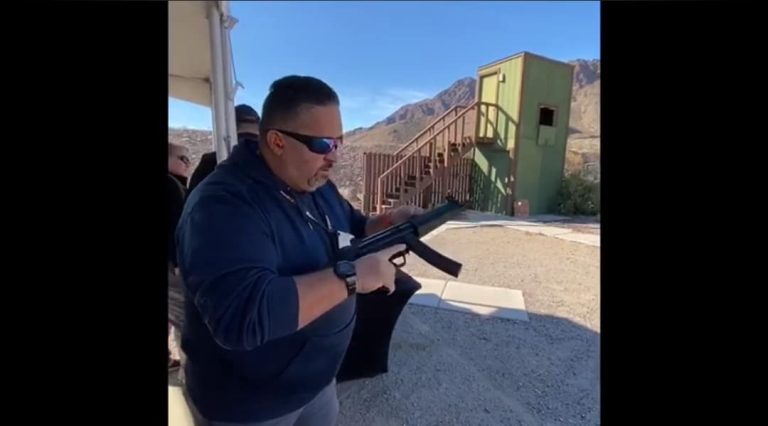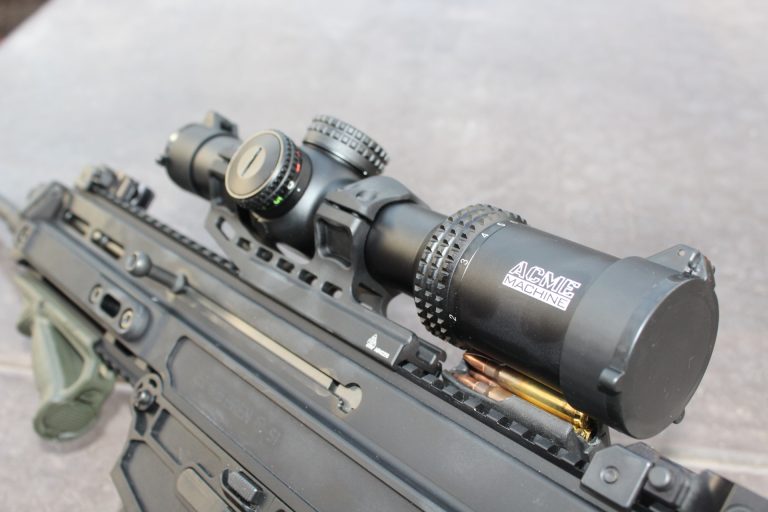
H&K SP5, is it worth the hype?
Heckler and Koch SP5 Why did Heckler and Koch release an SP5 now? What are the internals like? Is it really an all German

Heckler and Koch SP5 Why did Heckler and Koch release an SP5 now? What are the internals like? Is it really an all German

Has Arizona Governor Doug Ducey finally begun to drain his own swamp? Embattled Director Charles Ryan resigned from the Arizona Department of Corrections on September

Sneak Peak at Blackwater’s new 2011 pistol line up These new 2011 weapons from Blackwater will be totally manufactured in house and loaded with some

Talking Guns founder Brian Kovacs on the Sean Hannity Show with guest host Jonathan T. Gilliam. Jonathan talks about the new threat to American Freedom
Talking Guns and www.talkingguns.net Founder Brian Kovacs appears on Newsmax TV to discuss the Constitutional Crisis unfolding day by day in the great state of

When I was a child, my grandfather was a pro at passing along words of wisdom. He was full of one off tidbits that were

Deputy Guzman in his own words, On March 31, 2019, I arrived to work and grabbed all my paperwork for my overtime post

You probably remember the expression, “The grass is always greener on the other side of the fence.” Apparently it is for many Arizona Department of

In this wonderful day and age where technology is rapidly advancing, sometimes things get left behind. I have found this especially true in regards to

I just read Richard Mehner’s painfully long and dry FOP Department puff piece. His words are so damaging to his own union that a response